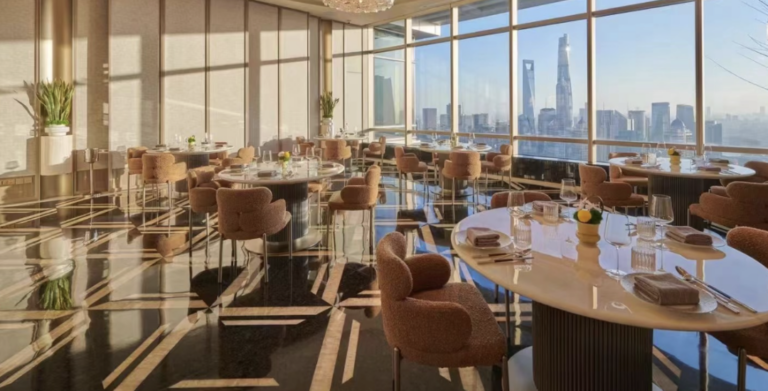
In March this year, I paid my first visit to Selection by Du, the flagship of “Amazing Chinese Cuisine” located on the Bund. It reminded me of my last conversation with Mr. Du four years ago. Time flies in the blink of an eye. Amazing Chinese Cuisine has now expanded to four branches, but one thing remains unchanged: Mr. Du Jianqing's obsession with quality, which is an unquestioned fact in the food community.
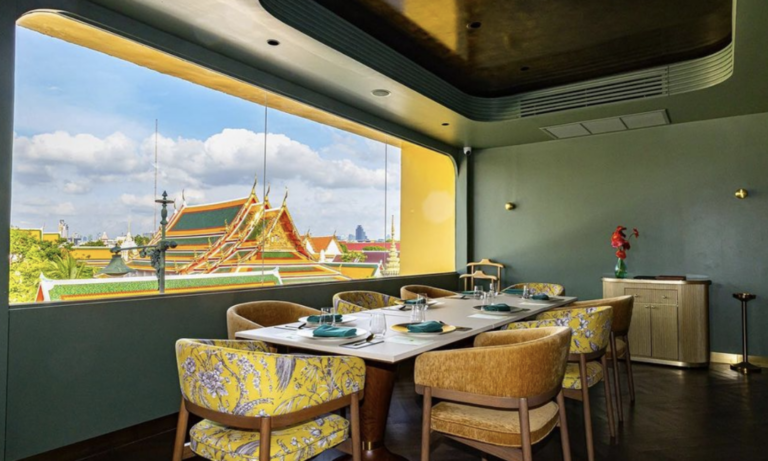
Earlier this year, I finally revisited Bangkok and had the pleasure of dining with Tam (Chaisiri Tassanakajohn), the co-founder of the acclaimed Nusara restaurant, who is also the younger brother of Le Du’s Chef Ton (Thitid Tassanakajohn). Since its opening in 2020, Nusara has proved hugely popular for its unique Thai cuisine and family-influenced culinary traditions, garnering a third place at last year's Asia's 50 Best Restaurants.
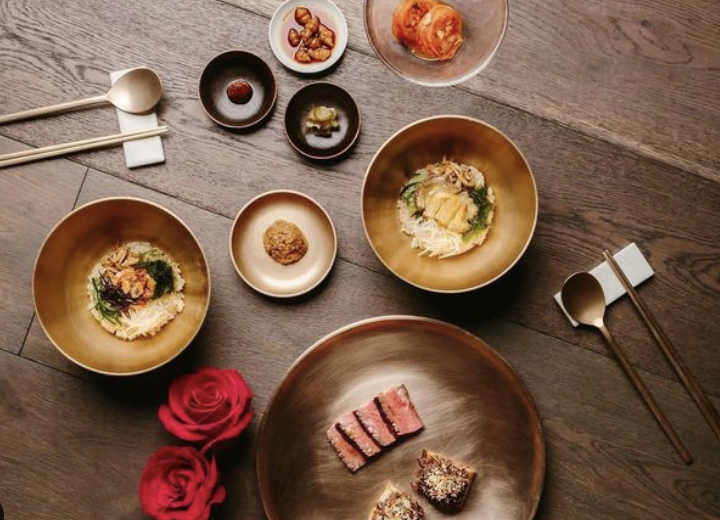
Since its opening in 2020, Hansik Goo has been crowned a Michelin star. "Hansik" means Korean cuisine, while "Goo" represents Chef Mingoo Kang's innovative Korean dishes, aimed at offering a relaxed enjoyment of authentic modern Korean cuisine. The setting is spacious and bright with a warm ambiance. Interestingly, the building is home to many other Michelin-starred restaurants: The Chairman, Vea, and Wing. I said to myself that I should really stay longer next time I come to Hong Kong.
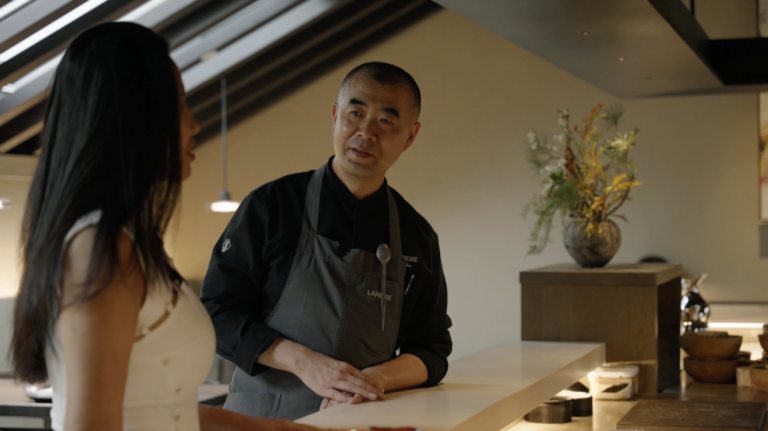
Lamdre, a plant-based restaurant in Beijing's bustling Sanlitun district, embraces an ambiance of tranquility through its symmetrical and minimalist design, creating an environment that embodies the Zen philosophy of purifying the mind and body. Distilling the essence of Japanese and Scandinavian design into a wabi-sabi aesthetic, combined with Chef Dai Jun's masterful plant-based dishes, the restaurant invites each guest to find inner peace and savour the bountiful gifts of nature.

Even the worldaround us is building more walls, globalization continues to flow through intangible things. Whether it's the fusion of various cuisines or the subtle tweaks made to local dishes in order to bring in other culinary traditions, one can see that a new generation of chefs is creating trends – each has a story behind. Chef Pam's fusion cuisine stems from her family background. Thai by birth, Chef Pam is the fifth generation of her family who immigrated from southern China. Chinese-Thai cuisine was her everyday diet, which also led to the creation of Potong, one of Bangkok's most sought-after restaurants.
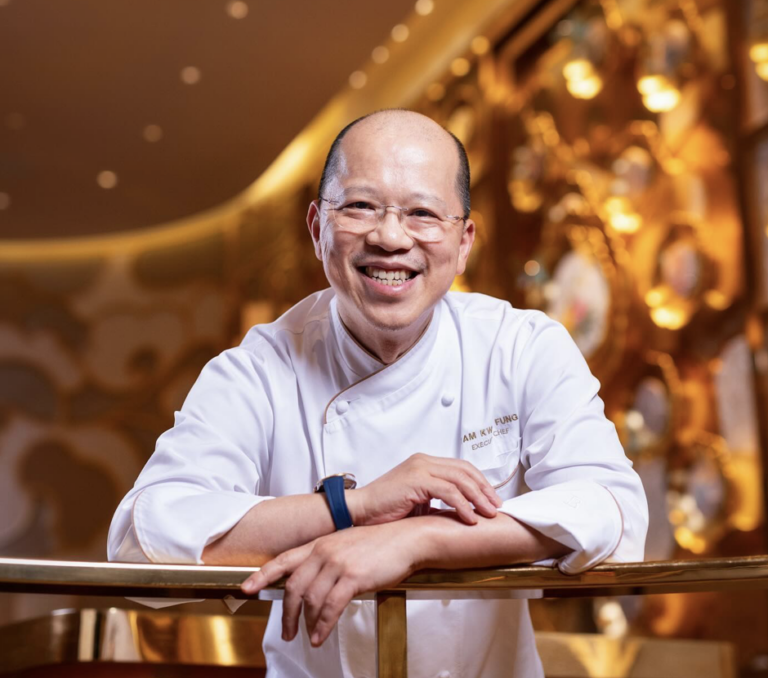
Last year, a significant change swept through the restaurants at Wynn Palace in Macau. The beloved master Chef Tam Kwok Fung relocated to the former site of Sichuan Moon andunveiled a brand-new conceptual restaurant named Chef Tam’s Seasons. This new layout allows Chef Tam greater freedom to express his culinary art, offering diners the chance to experience his private kitchen dishes.
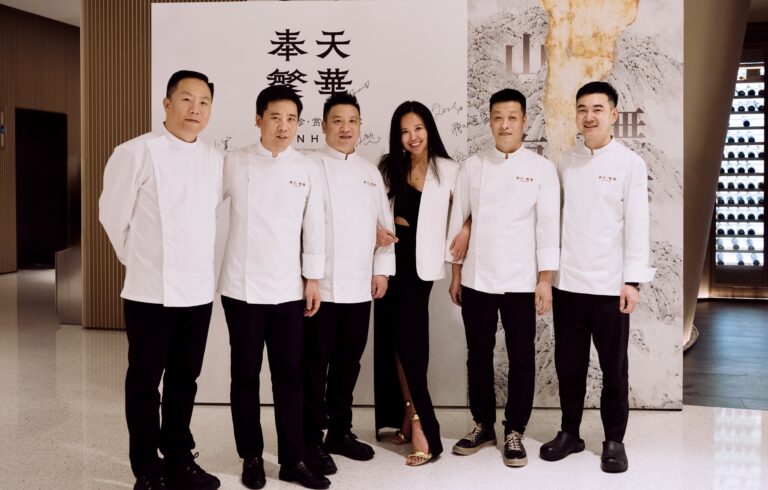
China’s Northeast region boasts the country’s best abalone, sea cucumbers and sea urchins, mostly harvested from the cold, clean waters off the northeastern coast. However, for a long time, the notion of Northeastern Chinese cuisine was largely associated with a hearty medley of meats and vegetables cooked in a giant iron wok. The situation has changed since Fengtian Restaurant opened in Shenyang and redefined Northeastern cuisine. A little over a year ago, Fengtian Restaurant launched its new outlet FANHUA in Shenzhen, proving that Northeastern cuisine has the power to warm the hearts of diners even in the southern heat.

The new generation of chefs has begun to embrace their own land. They have learnt Western techniques, but have decided to unleash their talents on the canvas of Chinese cuisine. After winning a Michelin star for Ling Long Beijing, Jason Liu, at the age of 30, once again garners a star for the restaurant’s new venue in Shanghai, the most challenging city for top-notch restaurants in China, after opening only for few months. In my mind, the two spots are not on the same level any more.

Established with the backing of the Ceretto winery and situated in a historical building that has undergone meticulous renovation, Piazza Duomo is led by chef Enrico Crippa, who began his culinary journey at the age of 16. He was mentored by legendary Italian chef Gaultiero Marchesi, and trained under renowned chefs Michel Bras and Ferran Adrià, as well as in Japan for four years. The marshmallow-pink dining space is adorned with Francesco Clemente's frescos, reflecting idyllic natural light, while the window offers a glimpse of Alba’s beautiful main piazza.
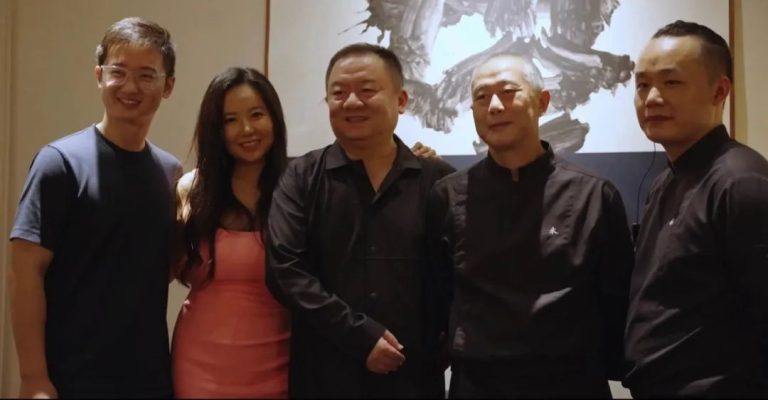
China's thousands of years of history have nurtured a diverse and beautiful cultural treasure. With the refinement of Chinese cuisine, the catering industry is stillexploring how to present Chinese aesthetic, which cannot be achieved fortnight and for some people, it is a lifelong endeavour. This year's newly-awarded Michelin one-star Sichuan cuisine restaurant in Guangzhou – Yong – is a pioneer in this regard. In its first year of operation, Yong has not only developed its own style but also created a memorable dining space where Chinese culture is perfectly interpreted through the art of food.














